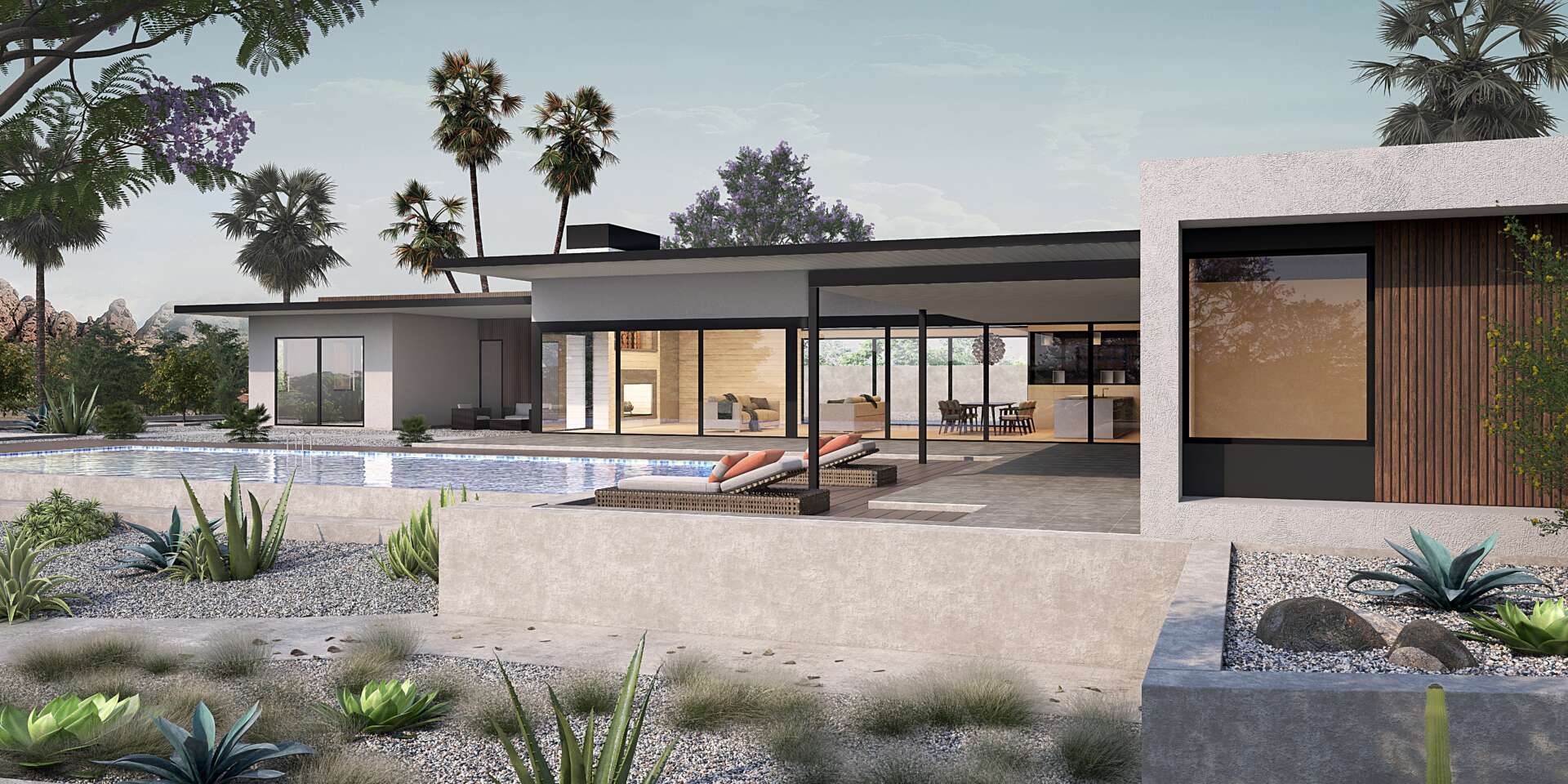Alright – so today we’ve got the honor of introducing you to Briana Ellis Hoag. We think you’ll enjoy our conversation, we’ve shared it below.
Briana, looking forward to hearing all of your stories today. Can you tell us about an important lesson you learned in school and why that lesson is important to you?
The most important lesson I have learned is that designers are valued for our thought process and not just our technical skillset. Architecture school taught me how to think like a designer, not to draft buildings. “Design Thinking” means you see opportunities where others see problems. You are able to visualize the solution and articulate it, whether that’s via word or sketch. My professors spent most of our class time discussing architectural theory, the psychology and sociology of people using spaces, and the cultural significance of architecture, not how to use AutoCAD. Now, clients hire me to transform their space in ways they could never envision, which goes beyond drafting and technical acumen. “Thinking like a designer” has shaped me professionally, and has also served me in other facets of life, allowing me to see possibilities and think outside the box.



Briana, before we move on to more of these sorts of questions, can you take some time to bring our readers up to speed on you and what you do?
I first got into architecture when I was young; it sounds cliche, but playing with Legos introduced me to the world of building. I also was really inspired by beautiful, immersive spaces like Balboa Park (San Diego, CA). I would go there often with my family and remember feeling so positively energized when we were walking the collonades of the different buildings.
I have amassed a really diverse set of professional experiences over the years, including custom homes, mixed-use and multifamily buildings, as well as retail environments. I really enjoy any project that allows me to explore my full range of interests, which include creative interiors, healthy and supportive spaces, and buildings that work with the natural environment and not against it. I consider Ritual Architecture a holistic design practice, meaning we consider all levels of detail when designing. We really savor the design of the smaller details like cabinetry hardware and furniture selection, as well as the broader strokes of how the building looks from the street, or what the connection is between the interior of the building and the environment outside. I think this results in a seamless concept, where you can really feel that the space was lovingly designed from ceiling to floor.


Can you share your view on NFTs? (Note: this is for education/entertainment purposes only, readers should not construe this as advice)
I’m really intrigued by NFTs and how they intersect with architectural design. The sale of the Mars House NFT repositioned architecture as not just a physical asset, but an artform in its own right. The utilization of the Mars House 3D model in the metaverse also begins to explore the idea of meaningful virtual design and its possible value as a professional service in the near future. I am curious to see how that avenue is explored, especially because structural limitations of the real world are not a factor in virtual reality.


Have you ever had to pivot?
One interesting story of a pivot in my career was when I briefly worked as a telemarketer, of all things. I had left an architecture firm in Newport Beach to move back to San Diego. I was seriously considering a career change because of the negative aspects of the industry I had experienced as a new graduate. I was staying at my parents’ house and looking around for different odd jobs I could test out. I interviewed with a “vacation real estate company” and they placed me on their sales team. It turns out, it was actually a timeshare company and their sales team was really just telemarketing. I have followed through on a lot of things in my life out of pride, and this was one of them. (even if it was just for a week!) I made it through the training and quit at the end of my first day of cold calls when I made a lady cry. While this pivot wasn’t permanent, the sales training gave me a new skillset that helped me ace an interview land what would be my most meaningful employment with a local architect. I worked for this architect for almost a decade and helped grow the firm from 2 people to 12+; I learned a lot about how to run an architecture practice. This just goes to show that what may seem like a misstep at the time can actually be an important stepping stone, given enough time and hindsight.


Contact Info:
- Website: www.ritualarchitecture.com
- Instagram: ritualarchitecture
Image Credits
Photography- Haley Hill


